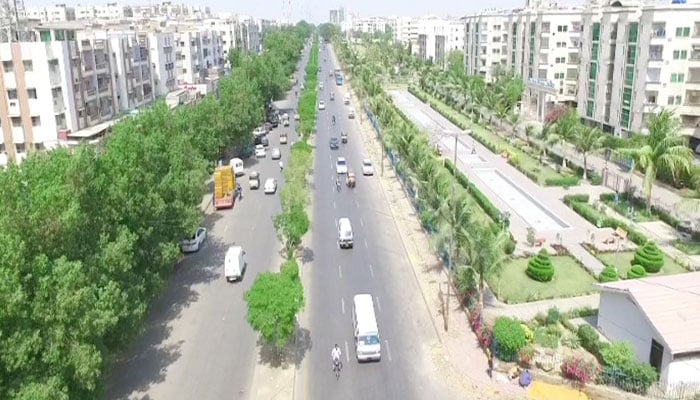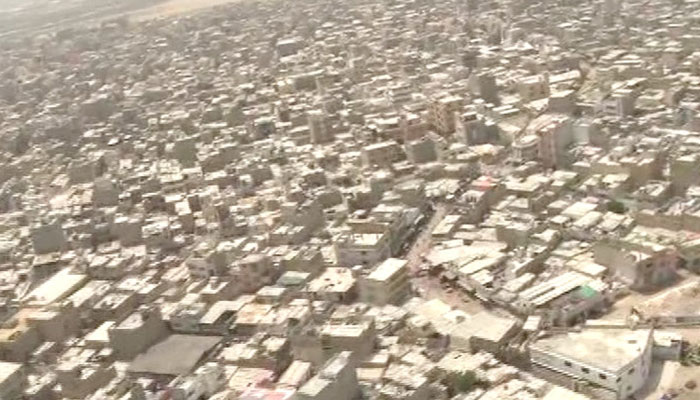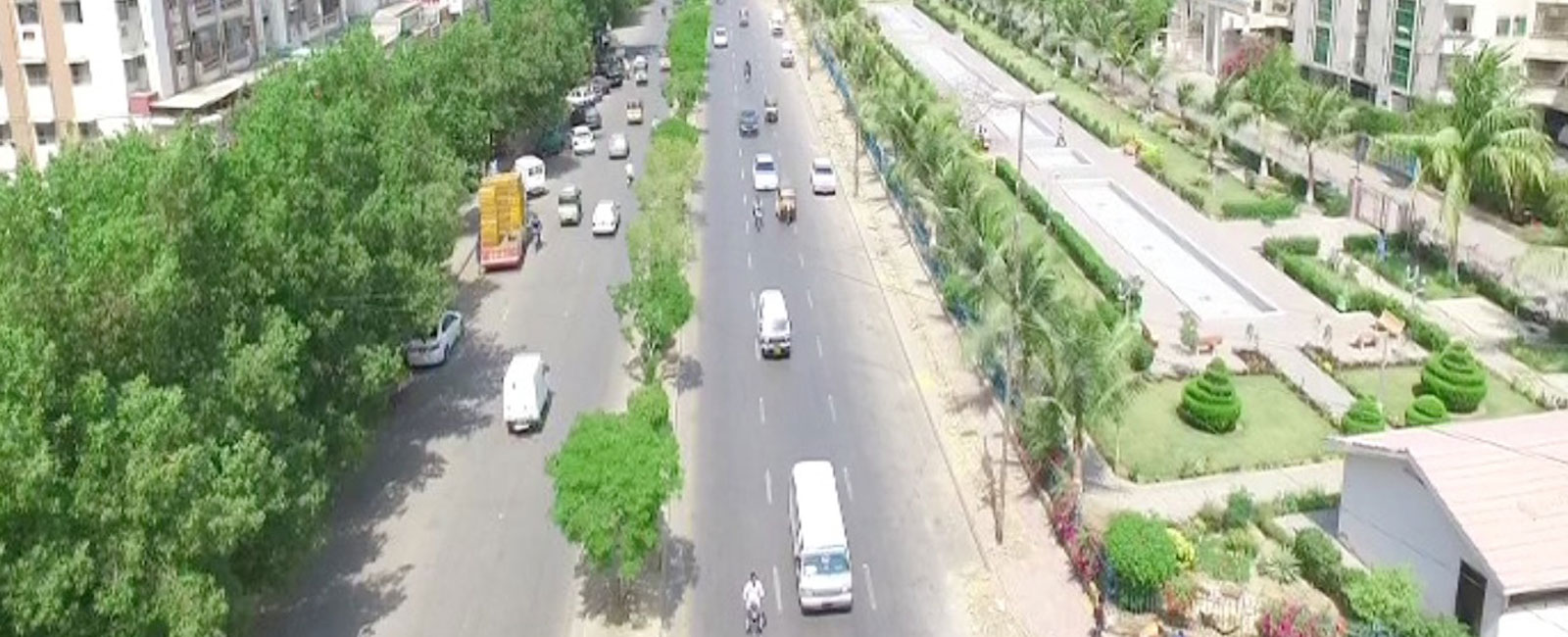Is Conocarpus the real culprit behind Karachi’s killer heatwaves?

After a dramatic rise in the frequency of dreaded heatwaves, residents of Karachi initiated a social media campaign against a Mangrove species ‘Conocarpus’, claiming it to be one of the reasons behind the city’s heat woes.
With the seemingly sudden rise in the city’s temperature, the blame had to be shifted somewhere after all.
The posts on social media urged residents to stop planting and even uproot these trees, which were planted in abundance in the metropolis during former city mayor Mustafa Kamal’s tenure.
How much truth the claim holds and to what extent this plant species can be blamed for Karachi’s heatwave needed some substantial evidence and discussion.
We took the opinion of researchers and scholars and tried to take an in-depth look into the matter.
Dr Zafar Iqbal Shams, a professor at the Department of Environmental Sciences, University of Karachi, was staunchly against uprooting the Conocarpus plants.
Lamenting the trend of monoculturing in the metropolis, he said that since the past few decades only one plant species is being grown in abundance. “Previously it was Eucalyptus and Lignum and now it is Conocarpus,” he said, adding that urban foresters do not promote planting only one species as exposure to a disease can end up infecting the entire tree population.
In the same breath, however, Dr Zafar strongly opposed the idea of chopping these trees down, which he said would lead to a rise in temperature.
“High-rise buildings should have green cover, while vertical gardening can also save buildings from absorbing heat,” he pointed out an alternative to combating the heatwave.
Concrete high-rise buildings and bituminous black roads trap heat and eventually raise the temperature, resulting in ‘urban heat islands’, he added.
“At the cost of native species”
Dr Hasan Jamil Kazmi, a professor at the University of Karachi’s Department of Geography, shared contrasting views about the Conocarpus tree. He apprised of the drawbacks of planting this exotic species, saying that it was an incorrect decision to grow this plant.
The plant was grown at the expense of the native species, he said, noting that the rationale behind the decision might have been its rapid growth but the tree comes with huge trimming cost as well.
He said that the plant’s roots grow horizontally so they absorb more water.
But at the same time, Dr Kazmi, who has researched extensively on the thermal emissions of Conocarpus and other native species, said the plant does not contribute to the rise in temperature.
We also asked former Karachi mayor Mustafa Kamal, who had overseen the planting of 2.2 million Conocarpus trees during his tenure, about the social media campaign against the species, but he said that he did not want to get involved in the matter.
Defending his decision, Kamal said the Conocarpus trees were planted keeping in mind Karachi’s environmental and economic betterment and the ground realities. He further said that researches supported the decision.

'Prolonged dry spell'
Dr Moazzam, who teaches at the university’s Department of Environmental Sciences, said that the rise in Karachi’s temperature depicts a prolonged dry spell. Categorising Karachi’s climate into dry and wet spells, each lasting five years, he said that the wet cycle has seemingly shortened in the city.
“Pakistan ranks eighth among cities most likely to be affected by climate changes, [which] is due to greenhouse gas emissions — something Pakistan contributes only one per cent of,” said the professor.
He cautioned that Pakistan and Karachi, in particular, are most likely to face bigger repercussions in the long run and heatwaves will continue.
'Human intervention real culprit behind heatwave'
Echoing other experts, Dr Kazmi too vehemently denied the role of any plant in contributing to the heatwaves. He said that the underlying fault lies in excessive human intervention such as increased usage of air conditioners and heat-emitting technologies — and above all the wrong designs of our homes.
Calling Karachi a concrete urban jungle, Dr Kazmi said that there seems to be minimal role of Karachi Development Authority in the city’s infrastructure planning.
“There’s no proper orientation of buildings, no proper wind exposure which doesn’t let the sun’s heat dissipate,” he added.
The overall global rise in temperature of one Fahrenheit (17 degree Celsius) has had its impact on Pakistan too, which is a semi-arid zone, said Dr Anila Fahad from the Department of Geography.
The monsoon season has been pushed further and that gap contributes to the heatwaves, she said.
Geo.tv asked renowned architect and urban planner Arif Hasan whether non-optimal designs were really the cause behind the rise in temperature.
While denying that the heatwaves are a new phenomenon, Hasan said that people used to live in ‘katchi abadis’ outside the densely populated urban centres, but that changed over time and Karachi turned into a sprawling metropolis where everyone had to be accommodated.
Lamenting the lack of poor ventilation in the buildings, he said that when the temperature drops, the concrete shifts the heat towards the building’s interior and in order to avoid this, extended walls of light-weight concrete should be made.

For construction concrete cannot be replaced, although its aggregate in the building elements can be changed so it absorbs less heat, the architect remarked.
More research is needed on the laws of ventilation and then a model should be introduced on a trial basis to see its feasibility, he added.
He further noted that architects should be more proactive and aware when designing buildings, so that the accommodations are easier on the environment.
— Nida Mujahid Hussain is an Associate Producer at Geo.tv, she tweets at @NidaMujahid




